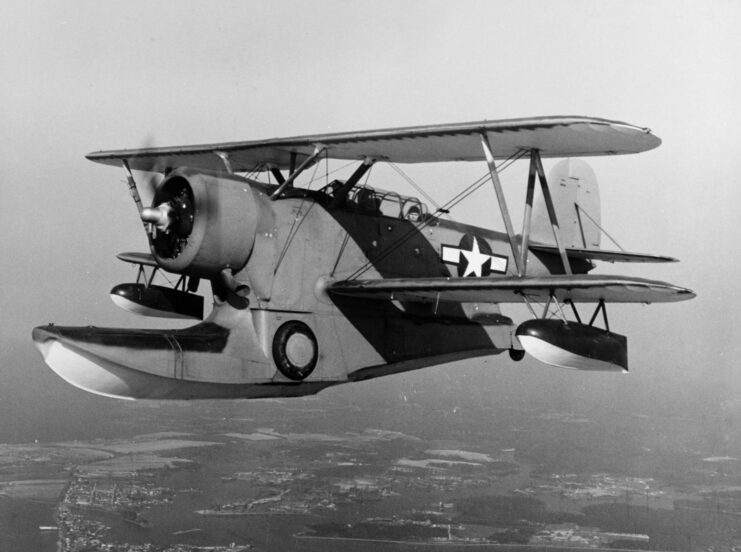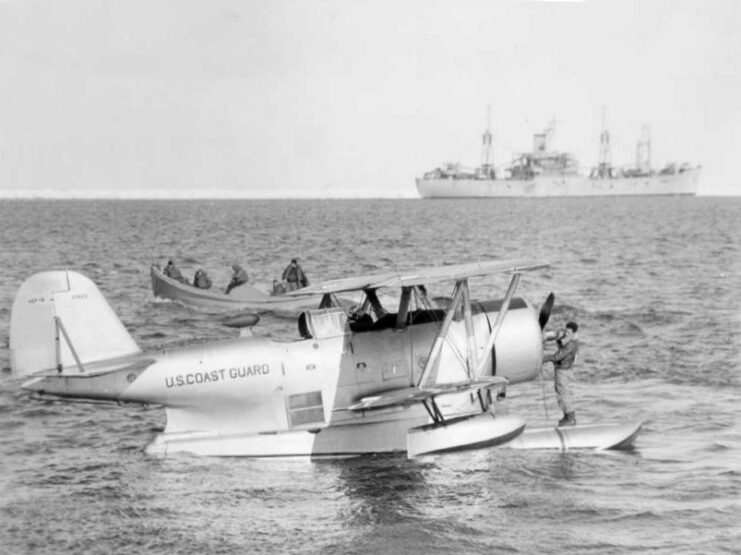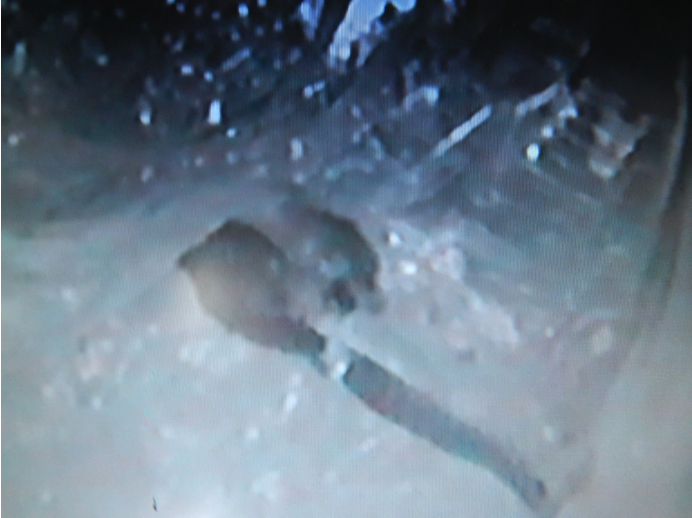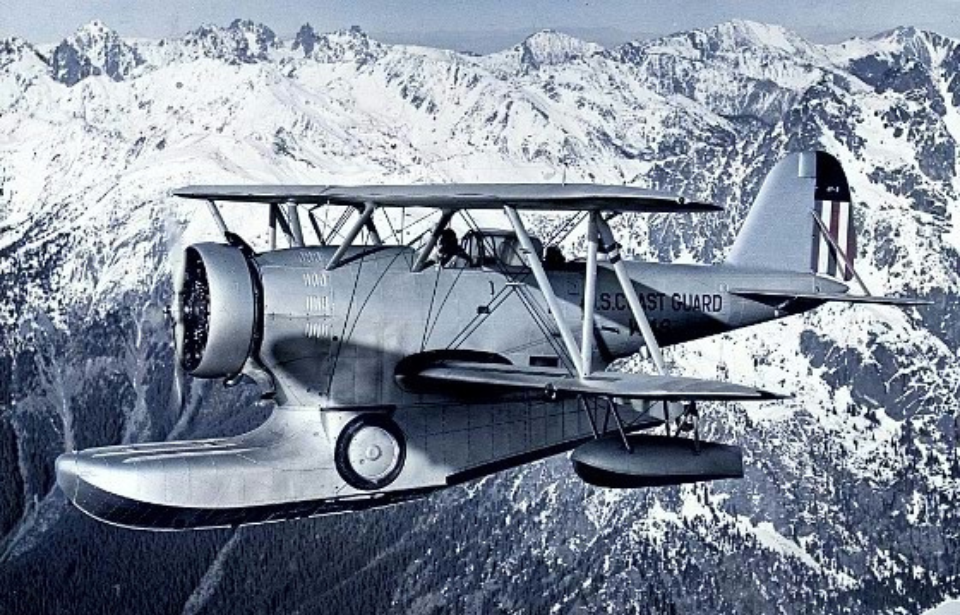The Grumman J2F Duck was an amphibious aircraft that served the US military in various capacities during the Second World War. It could operate from land and water, which allowed it to be deployed on various missions, including reconnaissance and search and rescue. In 1942, a J2F, its two crewmen and a passenger went missing during a rescue operation over Greenland. Its fate remained a mystery for decades, until a series of research efforts finally revealed some answers.
Grumman J2F Duck

The Grumman J2F Duck first flew on April 2, 1936. It saw action throughout the Second World War, with roughly 584 built. Eight variants were also developed, which saw use across the US Army Air Forces (USAAF), Navy, Marine Corps and US Coast Guard.
A handy amphibious aircraft, the J2F had many uses, including mapping, reconnaissance, anti-submarine patrols, observation, transportation and rescue. The latter missions generally required land and sea capabilities. This was exactly the case for a US Coast Guard J2F that took off on November 29, 1942, in response to a distress call from a Boeing B-17 Flying Fortress.
A Grumman J2F Duck goes missing over Greenland

While on its rescue mission, the B-17 Flying Fortress crash-landed, injuring many of those onboard. The J2F Duck was stationed onboard the USCG Northland (WPG-49) and set off on November 28, 1942 to aid the downed bomber. The aircraft was manned by Coast Guardsmen Lt. John Pritchard and PO1 Benjamin Bottoms.
Several search missions have been conducted

While the J2F Duck could be seen on Greenland’s ice for many years, it took almost 70 for further rescue efforts to be made, long after it had sunk below the surface.
The first successful mission was made in 2013 via a joint effort by the US Coast Guard and North South Polar Inc., who wanted to bring the bodies of the deceased crewmen home before their last remaining relatives died. They identified black cables under the ice, which were consistent with those from a J2F.
